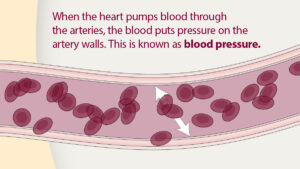Attention Deficit/Hyperactivity Disorder (A D H D)
- Essential features of A D H D include developmentally inappropriate degrees of inattention, impulsiveness, and hyperactivity.
- Categorized by clinical presentation
- Combined type (meeting the criteria for both inattention and hyperactivity/impulsivity)
- Predominantly inattentive presentation
- Predominantly hyperactive/impulsive presentation
- Problems with concentration such as making careless mistakes, difficulty remaining focused, being easily distracted by things going around the individual, appearing not to listen when spoken to, lack of follow-through, struggling with organizational and time management skills
The Nursing Process: A D H D
- Assessment
- High levels of fidgeting activity in the child and behaviors such as running around the office or jumping on the furniture.
- Once they start school, teachers may notice difficulty paying attention in the classroom, fidgeting jumping out of the seat, talking at inappropriate times, and inconsistent or messy assignments
- Diagnosis
- A child should not be diagnosed until they turn 12 because possible signs or symptoms may come from another disorder.
- Medication exam: to help rule out other possible causes of symptoms
- Information gathering such as any current medical issues, personal and family medical history, and school records.
- Interviews or questionnaires for family members, child’s teachers or other people who know the child well such as baby sitters and coaches.
- A D H D criteria from the Diagnostic and Statistical Manual of Mental Disorder (DSM-5)
- A D H D rating scales to help collect and evaluate information about the child.
- Outcomes
- Planning / Implementation
- Behavioral modification therapy
- Parent training
- School accommodation
- Evaluation




